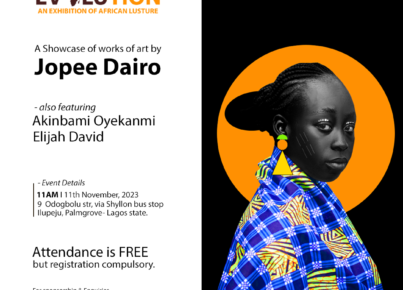[dropcap custom_class=”normal”] Large parts of Africa are beset with chronic economic and infrastructure problems together with corruption. Could the success of the used clothing industry be an obvious scapegoat or even a red herring? [/dropcap]
This article is written by Alan Wheeler and was first published in Opinions.
A recent article by Dr Andrew Brooks of King’s College London was titled ‘The hidden cost of second-hand clothing’. I question the assertion that the used clothing industry is ‘hidden’. Together with various TV and radio programmes, and numerous newspaper and internet articles, it is very easy for anyone with an interest to find out about the industry which employs tens of millions of people throughout Africa. It is impossible to hide this vital economic sector.
Also, can it really be possible to pinpoint the used clothing industry as the main reason why some textile producers are struggling in Africa? There is no doubt that used clothing is very popular in some areas where textile production seems to struggle. It is perhaps because of this that some researchers seek to prove a preconceived notion that used clothing is harming indigenous textile production in Africa. Yet a strong statistical relationship does not mean that one factor is directly affecting another.
Without doubt, one can find members of the public, textile producers and politicians in Africa that think that used clothing is the bogeyman, but one can also find many people, including experts, who don’t think that we need to concern ourselves with climate change, or don’t believe that human beings have been to the Moon. If one takes what these people say as the truth, without checking the veracity of their claims, anyone could make a compelling case for supporting these outlandish statements. Yet climate change should be concern to everyone and humans have been to the Moon.
So what other reasons could there be for struggling textile production in Africa? Textile producers themselves cite a number of complex reasons. Like the few remaining textile producers in Europe, their African counterparts face stiff direct competition from imports of cheap new clothing from countries, such as China and Bangladesh. Many of these new clothing items are sold at cheaper prices than the second-hand clothing.
“African textile production has experienced growth when used clothing imports were growing and has struggled even before used clothing became popular”
In the 1980s, textile production across Africa managed to expand (incidentally at the same time that used clothing imports to Africa became popular). This growth was made possible through the global Multi-Fibre Agreement (MFA) which limited the amount of textiles that any country could export to developed countries. This effectively restricted Chinese exports and African countries were able to compete. However, the MFA was phased out on 1 January 2005. Within a matter of months exports from China to the West grew by 100 per cent. Ever since then many African textile producers have been struggling to compete.
In a recent article, the Kenyan Association of Manufacturing cited the high cost of electricity and its reliability. Electricity accounts for about 35 per cent of fabric production costs in Kenya, compared to 16 per cent in India. Reliability of electricity supply is also acute in a number of African countries. In Ghana, the power supply company has recently announced a power rationing regime where customers will have up to 24 hours without power before ‘enjoying’ 12 hours of power. This is to allow its consumers to have a predictable (if somewhat scarce) power supply. There are also severe electricity shortages in Uganda, Tanzania and Rwanda. With such chronic electricity supply problems, this is clearly going to have a severe impact on textile productivity. The same thing is happening in Nigeria, Bukky Bello, CEO at Bellafricana added.
Delays caused by congestion at the port of Mombasa and poor road conditions have also been blamed for cancelled orders from apparel buyers in Kenya. Furthermore, an article in The Economist in September stated that ‘Across Africa, investors joke about living in a bring-your-own-infrastructure continent’. For textile producers that must compete on both a national and global market, it is anything but a joke. Sourcing of raw material also poses a major problem to local producers because it results in delays in the delivery of products to the markets.
There are many other reasons as to why textile production is struggling in Africa and to suggest that used clothing imports are largely to blame is wrong and does a great disservice to everyone concerned. African textile production has experienced growth when used clothing imports were growing and has struggled even before used clothing became popular. For African textile producers to prosper, they need to be competitive and able to compete for orders with global brands. Bearing in mind the multitude of barriers that they face this will be no easy task.
Alan Wheeler is Director of the Textile Recycling Association
I totally agree with Alan Wheeler’s findings, and I must add that same thing is happening in Nigeria. Textile producers are really struggling. -Bukky Bello
Sources:
Photo credit: Black sheep media (A textile shop in Arusha, Tanzania)
Article written by Alan wheeler
Published by Opinions




